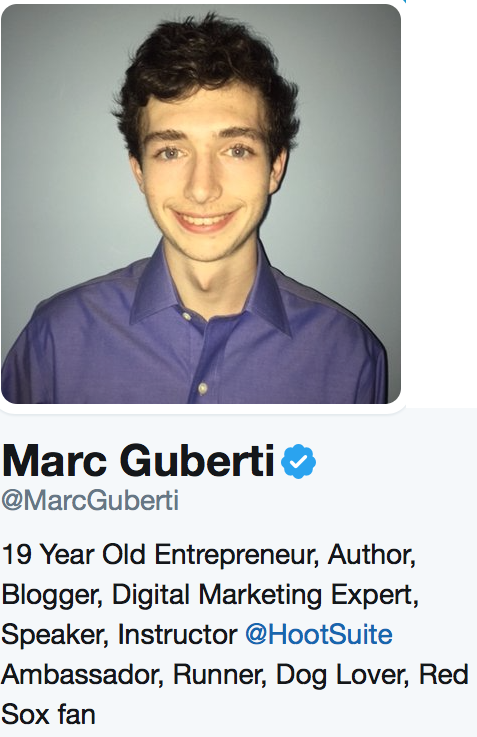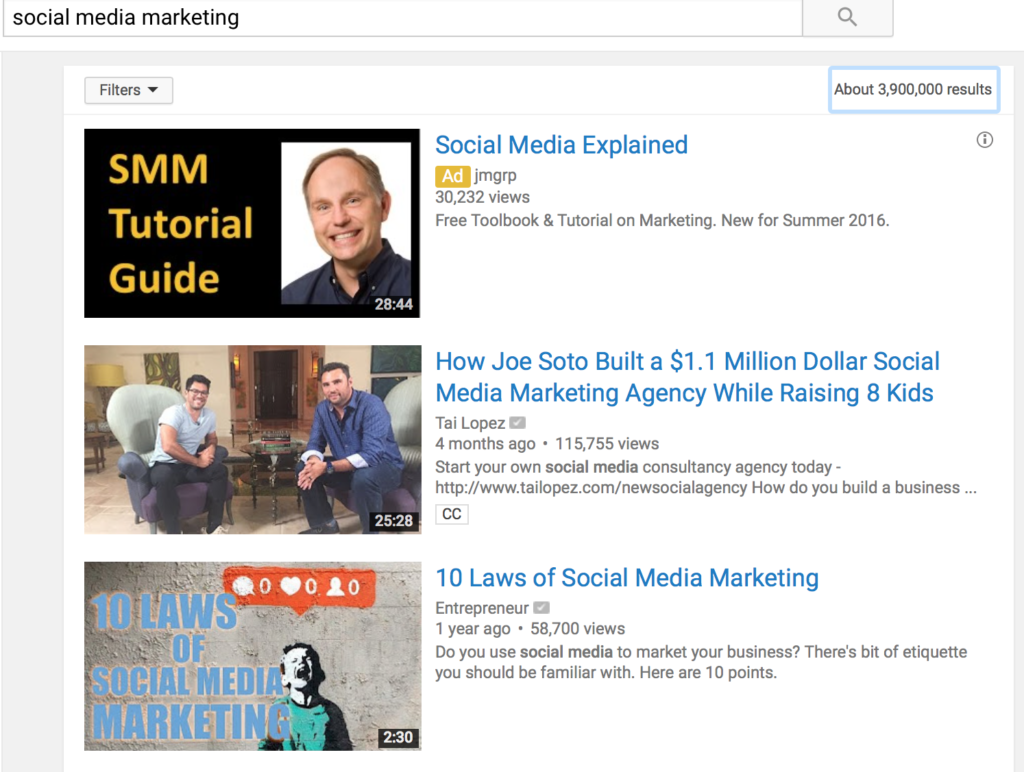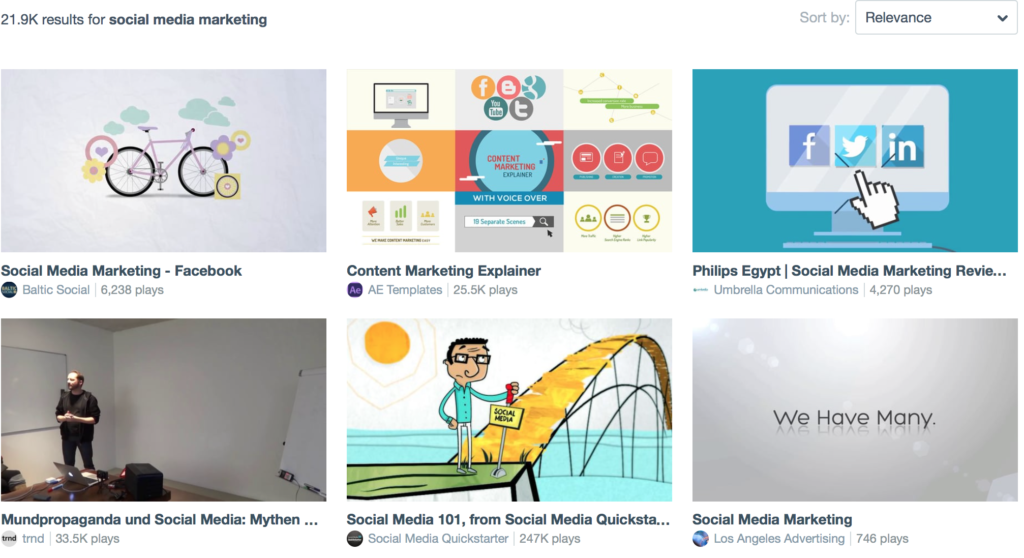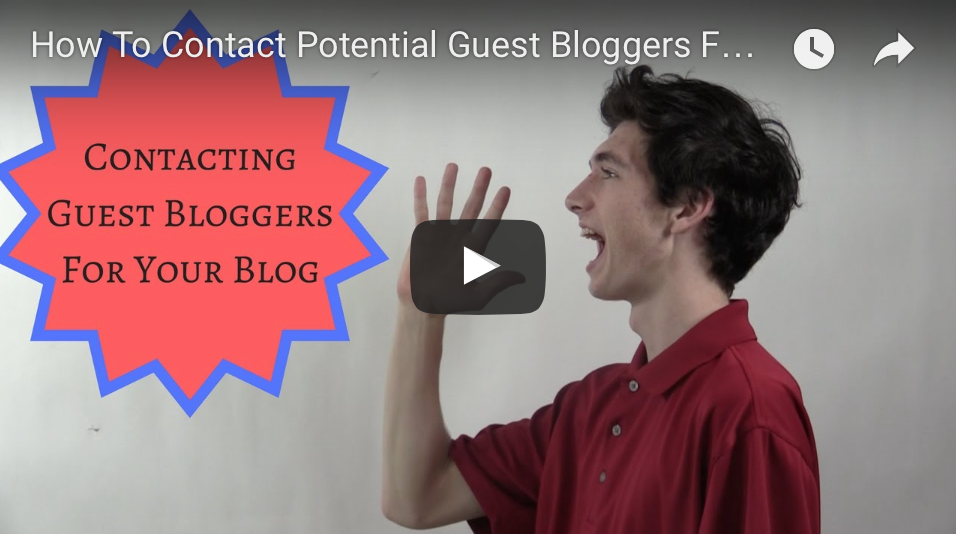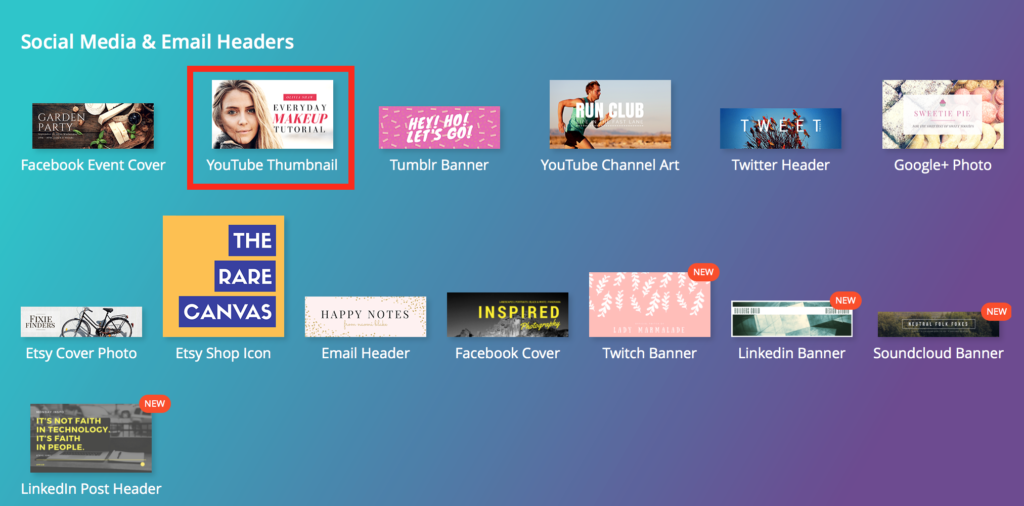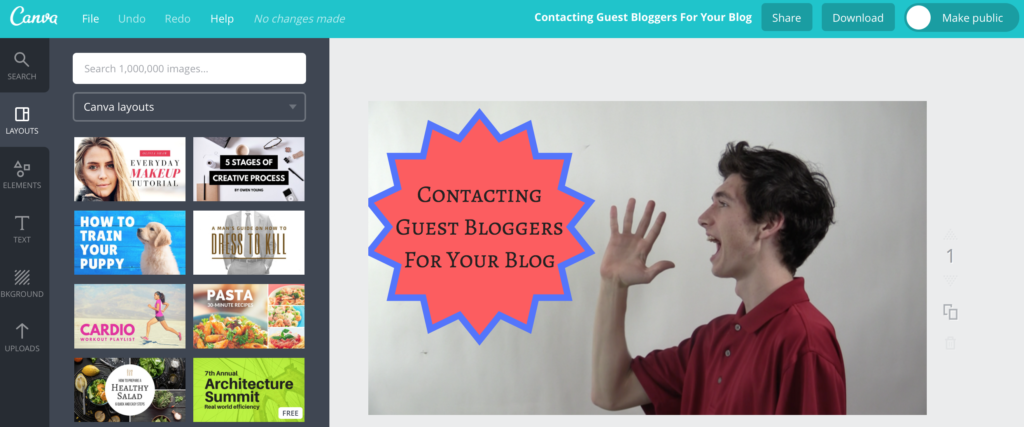 Hello everyone, I’m teenage entrepreneur Marc Guberti. Today I’m going to talk to you about how to write your blog posts 10 times faster.
Hello everyone, I’m teenage entrepreneur Marc Guberti. Today I’m going to talk to you about how to write your blog posts 10 times faster.
Let’s start with the dilemma: the length of time it takes you to write your blog posts.
Even if you’re producing great content for your blog, you can’t help but think about the time you spend writing — time that’s taking you away from other opportunities.
If you spend all of your time writing blog posts, for instance, you may be missing out on opportunities to actually promote your posts. Publishing, but not promoting, great content will only keep your blog a well kept secret. This is the dilemma many bloggers find themselves in.
Now I’m going to tell you how to get out of that dilemma by sharing my own story. I started my blogging career writing long blog posts. I had heard about a method in which one writes at least 2,000 blog posts in order to get ranked number one on Google. So I wrote a lot of long blog posts, which took me hours at a time.
I would write and publish a long post. People would engage with it. And I would often enjoy a lot of social media shares. But inevitably, I would not have much time for the rest of my business. I would not have time to work on an important project like a virtual summit. I would not have time to schedule podcast episodes, or to interview people for them.
So yeah, I wrote long blog posts, and they received more engagement, but they literally prevented me from moving forward in any other area of my business.
It was actually my interest in hosting a virtual summit that made me realize something had to change. I’m still in the planning and preparation phase of this summit, which will be a content marketing success summit.
In order to make this summit a success, I needed more time for planning, contacting potential speakers, and many other related tasks. But my self-imposed blogging requirement got in the way and created a conflict.
I was worried about becoming so focused on the summit project that I would neglect my audience by not providing consistent value. And I knew that by neglecting my audience, I risked losing it by the time I was ready to launch my summit. So I changed my approach.
Let’s say 30% of my time was spent writing blog posts (which is a conservative estimate), with another 40% of my time going toward the summit, and 10% going toward miscellaneous tasks.
I adopted a strategy that would allow me to cut that 30% down to 5%. That’s right, rather than spending 30% of my time, or three hours a day, writing blog posts, I wanted to spend 5%, or 30 minutes a day, to achieve the same result. Doing this meant writing faster, but it also meant opening the door to new opportunities.
You could even take this a step further by outsourcing that 5%, which would give you even more time to pursue other opportunities. At this point you’re probably wondering, “Okay, that’s great. I just need to write my blog posts faster, but how?How do I do it?”
One way to increase your blog writing time is to rely on transcriptions
In fact, this very blog post was first a video, which was transcribed with Rev. The company charges $1 per minute for transcriptions. So not only do I have this video, which I’ve put on YouTube, I also have a blog post on the same material that people can read through and engage with. I get to feed two birds with one stone here.
The reason I switched from writing all of my blog posts to using Rev transcriptions is because I’d heard about the service from people who had found themselves in a similar situation.
Several people I’d interviewed for my podcast episodes like Kim Garst and Ray Edwards told me, “You’ve got to try Rev and you’ve got to try this approach.” They’d recommended this approach because no matter how fast you are at writing content, you will always speak faster than you can possibly write.
This is basically the analogy of writing versus speaking. Even the world’s fastest writer cannot compete with his or her ability to speak (unless they’re writing 200 words per minute). The average for most people is 38 to 40 words per minute. The average speaking rate is 150 words per minute. That is a huge difference, and you also circumvent writer’s block.
The other thing about writing is that you’ll sometimes stop to think about what you’re going to say; when you’re speaking you have less time to pause and think. Most of that is pretty rapid fire. There are a few pauses, sure, but nothing compared to the pauses that take place while writing content.
These pauses can last five minutes or more, especially if you’re experiencing writer’s block, but most people don’t have to worry about speaker’s block. I may pause for five seconds, but that’s really about it. And I consider it a pause, not speaker’s block.
You can also use this strategy to “write” and publish your own book very quickly while providing value.
Not only do you speak much faster than you type, you’re also not going to be second guessing as much about the content; it just comes out naturally.
Writing, on the other hand, gives you lots of opportunities to second guess, rework sentences, etc., all things that take up more of your time.
Once you have the transcription, all you need to do is a little polishing — editing, breaking up paragraphs and some revising to make the post more readable. With a video like this one, you can also incorporate pictures. That’s more important for the blog post than the video because in the video you have a lot of dialog that keeps the action moving. People often skim blog posts so images are a nice way to break things up. It’s easier to skim a blog post than a video, and images help support important points within your blog post.
Another important thing is to add links to your post when necessary. For example, you can edit the transcription to mention an influencer and to link to that influencer so you can do influencer marketing and say, “Hey, I mentioned you on my latest blog post. It would be treat if you could read it and share it.” Obviously a little better wording than that, but you get the idea.
Once you do a video like this one, send it to Rev and then polish it.
You have a blog post that you completed much faster than you would have if you went through the traditional route of writing the content yourself.
You can even outsource this stage of polishing your blog posts so you literally just do the video, send it to Rev, send the transcription to someone else, and that’s it. Really it’s just coming up with the video. That’s all you have to do. Then all of a sudden, you have an epic blog post that your visitors will be eager to read through and share.
What do you think about transcription services like Rev? Let us know in the comments. If you are a new visitor to my blog, subscribe using the form below to receive more content just like this. And if you have a question, please leave it in the comments.
Signing off, what I want you to do is dream big, achieve greatness, and unlock your potential today.
-Marc
*image credit: Pixabay

